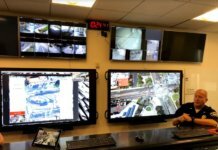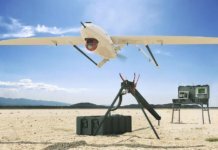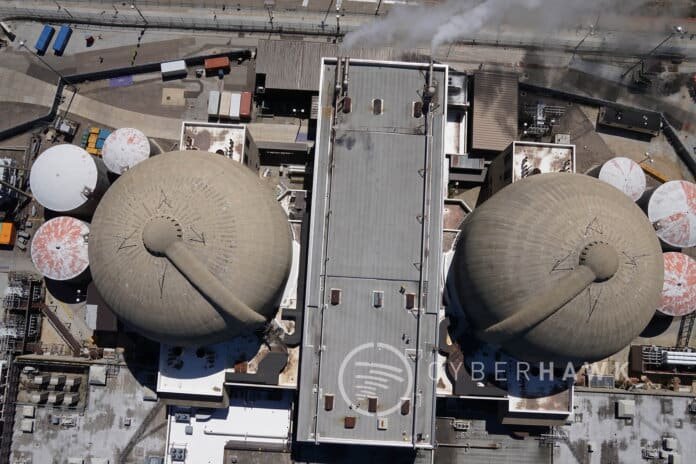Cyberhawk Innovations, a provider of inspections and surveys using unmanned aerial vehicles (UAVs), recently inspected two concrete pressurized water reactor (PWR) containment domes for American Electric Power (AEP) at the Cook Nuclear Plant, located along Lake Michigan’s eastern shoreline.
Although drones have previously been used in the nuclear industry, Cyberhawk claims this was the first time a drone was used according to the Section XI Code of the American Society of Mechanical Engineers (ASME). The code refers to several American Concrete Institute standards for completing an examination; this inspection was recognized within the nuclear industry as a best practice based on these standards, says Cyberhawk.
Traditionally, inspections of this type would involve using a man basket with a 180-foot crane, incurring significant time and cost, the company explains. In contrast, it took one week for Cyberhawk to inspect both containment domes and cause minimal site disruption.
Specifically, Cyberhawk says the UAV inspection generated direct cost-savings of over 300% for AEP, as well as significant indirect cost-savings through the reduced site disruption. The method involved capturing images of 100% of the dome surface to the ASME code standard, and the results were digitized into a 3D point cloud, allowing for direct digital comparison for any future inspections.
Furthermore, a detailed hazard and operability study allowed the AEP and Cyberhawk team to overcome a host of operational challenges, including working around the plant’s other scheduled projects without causing any disruption.
“It’s important to remember that whilst drones can collect a huge volume of data, a high-quality engineering report is what makes all the difference,” notes Chris Fleming, CEO of Cyberhawk. “This allows the client to easily assess the condition of the structure and plan any maintenance based on the data. For AEP, the final reports provided 100 percent visual coverage of the dome with exact sizing of defects and a 3D model of the structure. This was delivered using our cloud-based visual asset management system, iHawk, which we continue to develop as our capabilities and client base grows.”










Leave a Comment
Your email address will not be published. Required fields are marked *